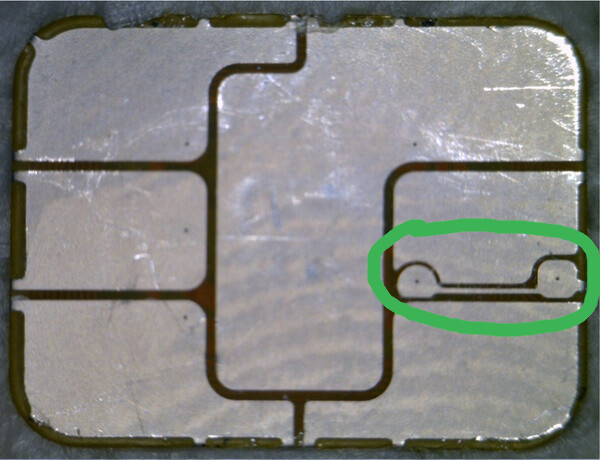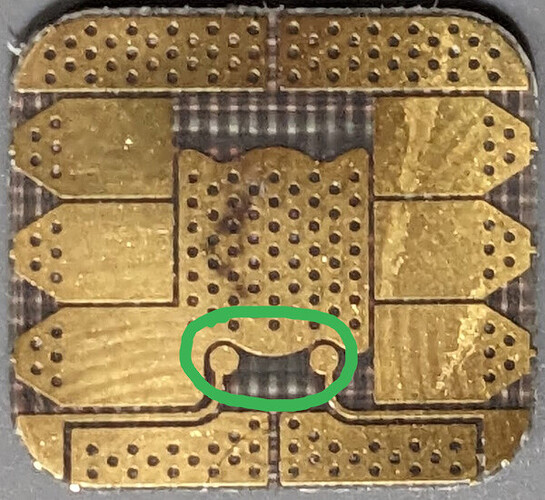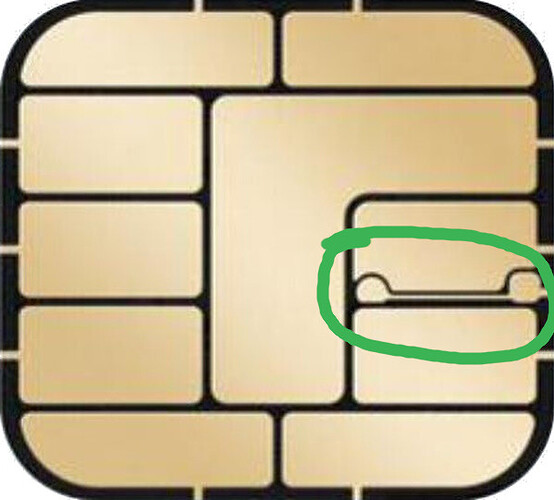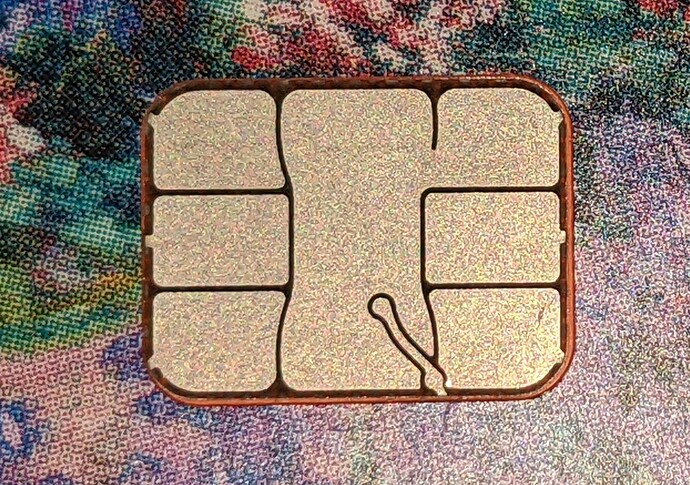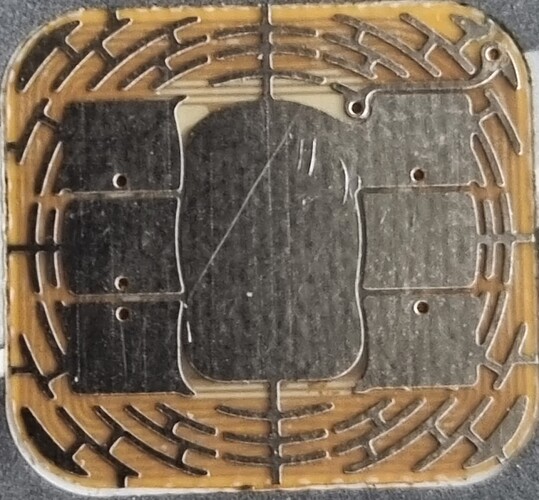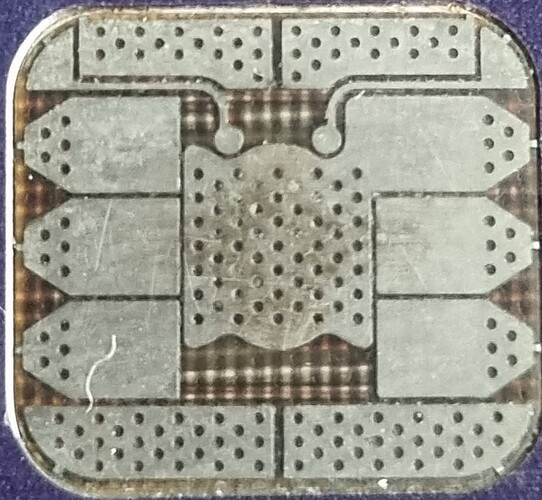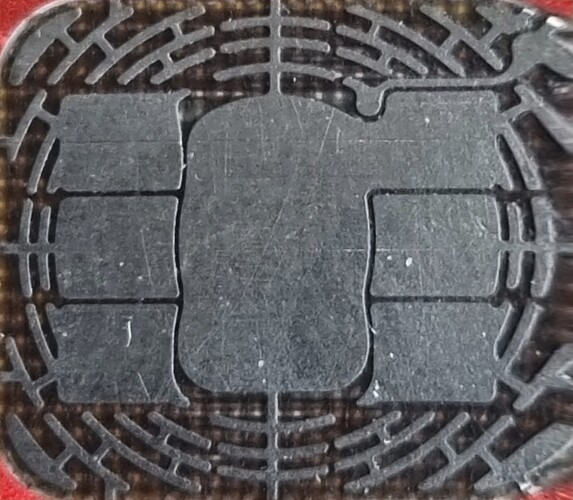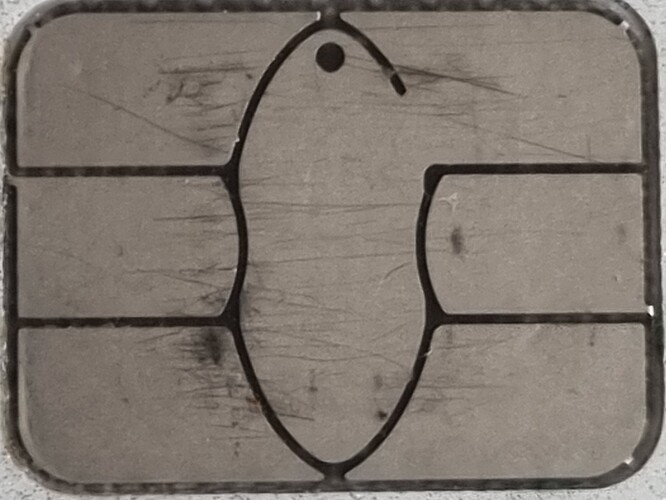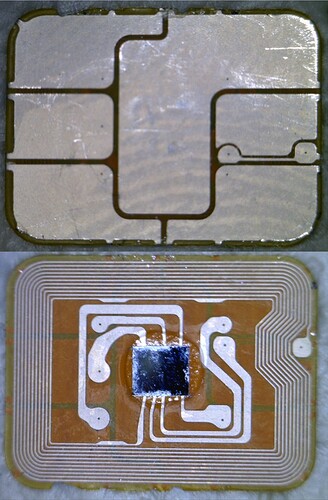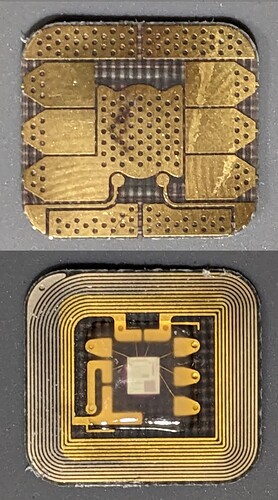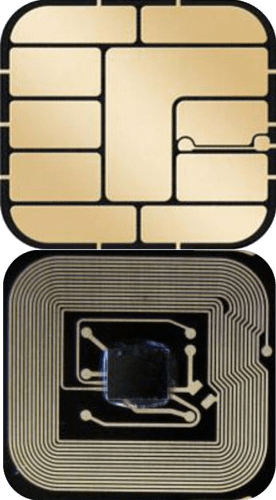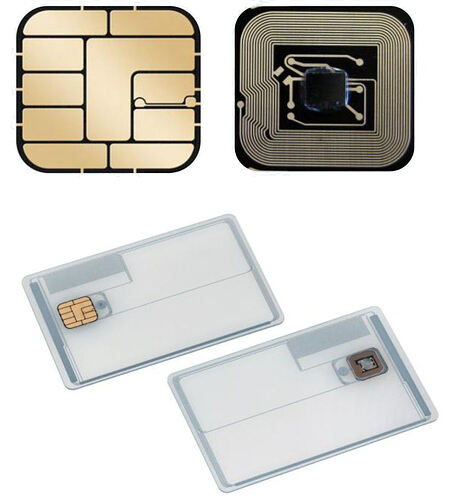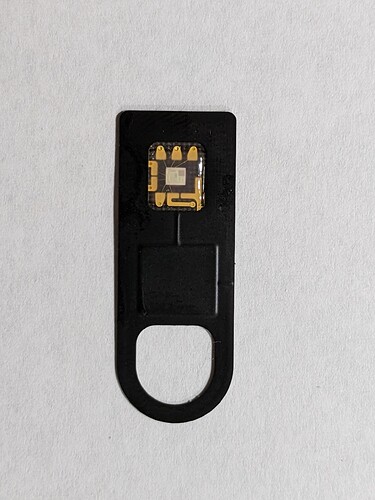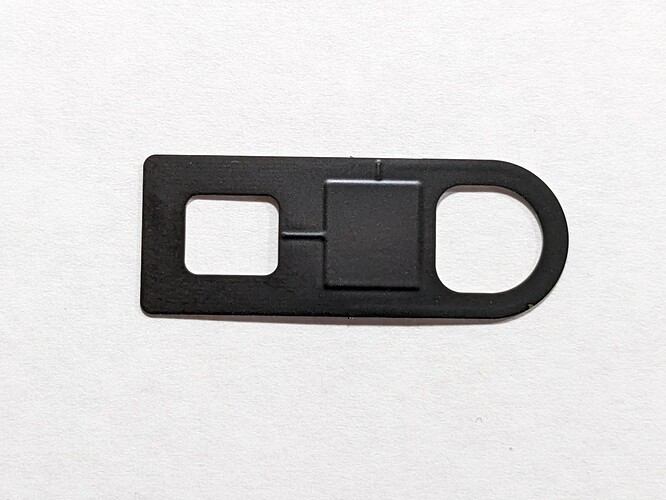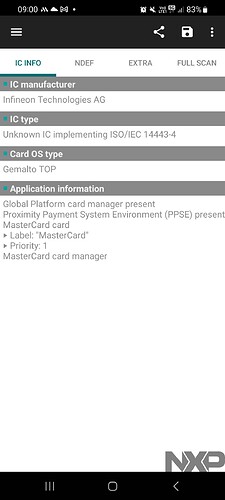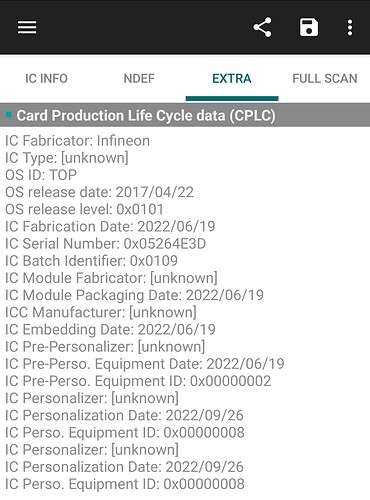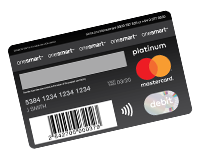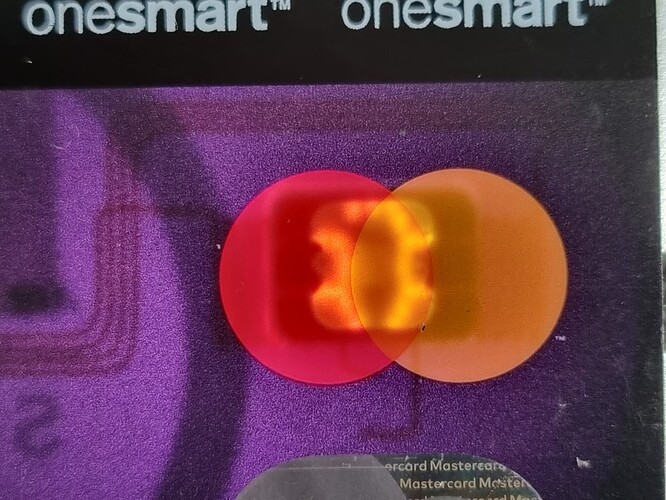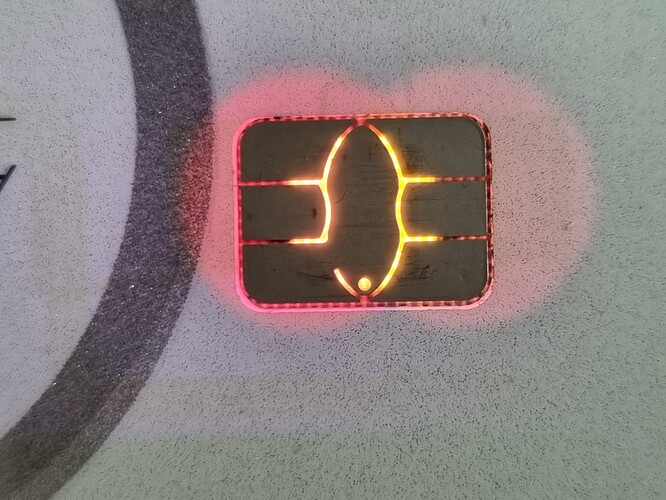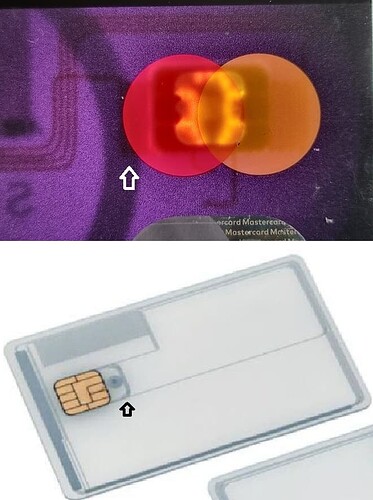Hey everybody. This is just a pre-public draft of a thread I will be posting about the new CoM conversion service. Feel free to post any feedback about the thread so I can make it easier to understand. @amal check this out and let me know if you want anything changed.
Please only post direct questions about the CoM conversion service, the name and location of banks that you can confirm have CoM cards, and any pictures of modules you suspect are CoM in this thread.
Overview
In this thread I’ll describe how you can go about using the Payment Conversion service offered by Dangerous Things to convert a specific kind of credit card into a payment implant. The cards use a technology called Coil on Module (CoM). The contact interface of these cards is a self contained unit which you can remove from the card, send to Dangerous Things, and have converted for a fee. The implant will be encapsulated in biopolymer, packaged, sterilized, and returned to you ready for implantation.
You can use a credit or debit card from your bank if they use CoM cards, or open a new account with an bank that uses this type of card. Because the chips used come from standard cards, they usually have an expiration date. It may be helpful to acquire a new card from your bank to refresh the expiration date and get the most use out of your new implant. Not all cards use Coil on Module, so it will be your responsibility to identify and remove the module from your card before sending it in to be converted.
Identifying a Coil on Module Card
Several different versions of the CoM are currently in use depending on your card issuer and locality. Here are some common examples:
The key element that identifies most Coil on Module chips is the small trace usually found at the bottom of one of the center-right contacts. This is part of the tiny antenna found on the underside of the module. If you’re not certain whether your card is CoM, feel free to post a picture of it in this thread.
Another way to check is to shine a bright light through the back of a card and see if you can spot the antenna traces.
Methods to Remove the Module from your Card
The Coil on Module was laminated into the PVC of the card during manufacturing, but it is in fact a standalone flex PCB which can be removed without much difficulty.
One method is to use acetone to partially dissolve the card until it has de-laminated to the point that the CoM can be pulled loose.
- Make sure to do this outdoors or in a well ventilated area.
- The acetone can be purchased from a pharmacy, beauty product, or home improvement store. You will likely want 90% or greater concentration acetone to speed up the process
- Use a glass or tray or jar, do not use a plastic container
- Avoid contact with your skin and eyes
- Place the card in the container, and pour in just enough acetone to cover the card. Do not seal the container completely, but you can partially cover it
- Wait ~15 minutes and check on the card. Some are made of hardier materials than others, so they may require more time. You may need to top-up the acetone a few times as it evaporates
- After the card has begun to de-laminate, you can begin poking at it with metal tools. Try not damage the CoM itself, but the rest of the card can be destroyed
- Once enough material has been removed, the CoM should come loose relatively easily
- Leave the CoM on a napkin or paper towel so that all the acetone can evaporate away
Another method is to use a device like a hair straightener to heat the area of the card around the CoM enough that it can be popped out. I would avoid exceeding 200°C so you do not damage the electronics. After a few seconds of heating, the card should be soft enough to bend and pry the CoM loose. Be careful using metal tools, as you may damage the antenna traces on the underside.
Ordering the Conversion from Dangerous Things
This is the “special conversion service link” [Amal will be sharing with me soon] to order your CoM conversion. If you are uncertain about anything, please post your questions here before ordering. Once you have your CoM in hand and have paid for the conversion, you can ship it to Dangerous Things using the information provided in your order confirmation email. The CoM modules are very difficult to read alone without a larger repeater antenna (like the ones found in the original cards and used in the conversion process), so you should not have to worry about someone skimming your card details in the post.
